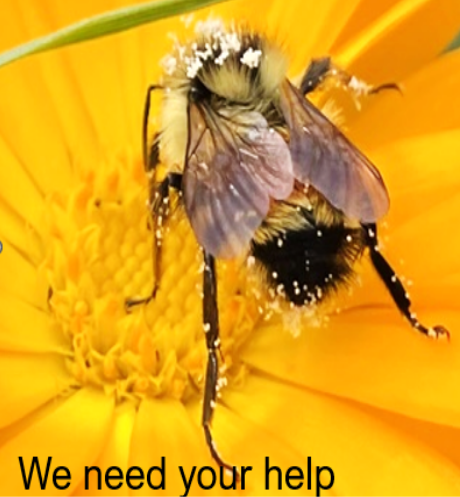FROM LIFE ON THE LAND TO GLOBAL ACTION ON ENVIRONMENTAL CHANGES

Global Agreement highlights biodiversity crises:
In December 2022 governments of the world set binding international targets in order to:
- Halt human-induced extinction of known threatened species by 2030.
- Protect at least 30 percent of terrestrial and marine areas.
- Increase by 15 percent the area, connectivity and integrity of natural ecosystems.
- Restore degraded ecosystems.
- Address other issues such as pollution and climate change.
Alberta Government “plans to have a plan” for Biodiversity:
So far, Alberta has only promised to develop its own Biodiversity plan through its Alberta emissions reduction and energy development plan and to do so by pursuing Nature-Based solutions for its forests, grasslands, peatlands, wetlands and riparian areas.
Alberta’s policy measure merely promises to assess factors, remove barriers, look for opportunities, pursue efforts in land-use planning and to develop policy priorities.
Alberta has not set objectives, timelines, or targets. It does not have a strategy that clearly connects with proposals by our nations government and global processes (see below). There is no public consultation in place to define an overall strategy for Alberta.
Canadian Government has produced a draft strategy:
Canada has agreed to set targets through a mechanism the United Nations calls “National Biodiversity Strategies Action Plan” or NBSAP. Canada’s Minister of Environment and Climate Change (ECCC) has issued a Milestone Document, along with its Goals and Targets Summary, inviting feedback. The final documents will provide a framework for provinces and other actors to streamline their own activities. National legislation is expected this June.
The Canadian Parks and Wilderness Society (CPAWS) has mounted a letter writing campaign to remind federal decision makers to keep driving hard in turning promises into meaningful protections for land and oceans in Canada: Click here to add your voice
GFoundation Campaign on Biodiversity
Last December Canada joined other countries from throughout the world to adopt 23 Biodiversity targets for planet earth: CLICK HERE
Since then, Canada has promised to meet these targets through a mechanism the United Nations calls “National Biodiversity Strategies Action Plan” or NBSAB.
To meet these targets each Canadian province must also subscribe to the plan and put measures and resources to implement the targets within its borders.
So far, Alberta has promised to develop its own plan, through its Alberta emissions reduction and energy development plan and to do so by pursuing Nature-Based solutions for its forests, grasslands, peatlands, wetlands and riparian areas.
Having a plan to develop a plan, is not a plan.
In its strategy Alberta only promises to assess factors, remove barriers, look for opportunities, pursue efforts in land-use planning and to develop policy priorities.
The Global Foundation wants Alberta to develop more concrete pathways, with timelines, for meeting specific targets and to engage in a public consultation process for developing and implementing them.
If you agree, add your name to GFoundation’s request for Alberta Minister of Environment & Protected Areas Rebecca Schulz and Minister of Forestry & Parks Todd Loewen to develop our biodiversity targets along these lines.

